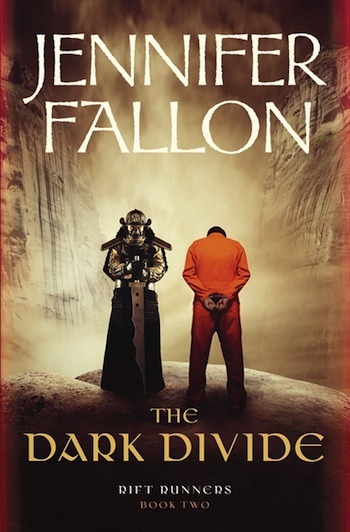 The Dark Divide by Jennifer Fallon is the second book of the Rift Runners (trilogy, I think). The first book was The Undivided.
The Dark Divide by Jennifer Fallon is the second book of the Rift Runners (trilogy, I think). The first book was The Undivided.This is very much the sort of series where you can’t read book two without having read book one before it. The Dark Divide picks up more or less right where The Undivided left off. I don’t think I can say anything too specific about the plot without spoilers for the first book.
The story mainly follows Ren and Darragh, the Undivided twins, Trasa the half-banshee and Pete the cop who is on the case of the shenanigans the other characters committed in the first book.
I liked The Dark Divide more than The Undivided. When I read the first book, I enjoyed it but I was a little disappointed that it wasn’t as full of twisty intrigue as I have come to expect from Fallon’s books (not that disappointed since I still have it 4.5 stars when I read it). The second book more than makes up for it. Where the first book had to introduce a lot of world-building concepts (faeries, rifts between realities, the magic of the twins’ existence), the second book was much more free to dig deeper into everyone’s motivations. There were a lot of ah-ha! moments and a lot of dawning comprehension as pieces of the puzzle came together.
One of the things I particularly liked was the juxtaposition between fantasy-world values and our world values. As in, often times killing someone for the cause in a fantasy book (in general) is seen as necessary. However, move the act (and the fantasy book character) into our world and a host of problems arise.
Another aspect which I thought was well done was the inclusion of a certain real-world recent-historical event. It was something that could easily have felt tacky but worked because the ordinary consequences were given as much (if not slightly more) weight as the plot-related consequences. Also, history wasn’t rewritten to accommodate the plot; from the characters’ point of view, it was a coincidence that affected them but that they had nothing directly to do with.
This is a very good series and I encourage all lovers of fantasy to give it a go. Since I didn’t talk about anything very specific above, I am also going to include the blurb for The Undivided, to give an idea of where the series is coming from.
The Undivided are divided. The psychic twins, Ronan and Darragh, have been separated by the traitor Druid, Amergin, who has kidnapped Ronan and thrown him through a rift into another reality. Now time is running out for Darragh. If Ronan isn’t found soon, they will both die. But his twin brother is lost in a reality where Druids are legend, and there is no magic. Somehow, before the Autumn Equinox, they must find one young man in a world of six billion people…
Meanwhile, Ren Kavanagh has no notion of where he comes from. He is plagued by strange injuries that appear from nowhere and everyone is convinced he is deliberately harming himself for attention. Then he meets the enticing and mysterious Trasa, and before he can figure out how it happened, he is in serious trouble - arrested for arson and possibly murder.
Rescue will come from a completely unexpected direction. Ren is about to discover more about his origins than he bargained for, meet the twin brother he never knew he had, and discover nobody is what they seem, especially his new friend, the half-faerie, half-human Trasa… Amergin’s daughter.
I also like how the covers match thematically. I look forward to putting them on the same shelf.
And if that wasn’t enough, The Dark Divide also has ninja leprechauns. Seriously. How can anyone resist reading about ninja
5 / 5 stars

 Black Glass, debut novel by Meg Mundell, caught my eye because it was shortlisted for Aurealis Awards in both the SF and YA categories. (And being written by a woman, hence counting towards my SF Aussie Women Writers Challenge also helped.)
Black Glass, debut novel by Meg Mundell, caught my eye because it was shortlisted for Aurealis Awards in both the SF and YA categories. (And being written by a woman, hence counting towards my SF Aussie Women Writers Challenge also helped.)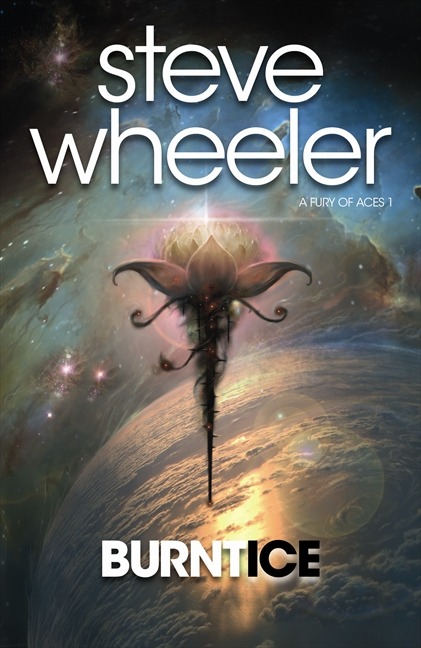 Burnt Ice, the first in the A Fury of Aces series, is Steve Wheeler’s debut novel. I was really excited to read a new ANZ science fiction novel since there are so few of them being published, especially by large publishers (this one is from Harper Voyager, if you’re wondering). And it has such a lovely cover, too (so much SF coming out of the US has unappealing covers with artwork ruined, in my opinion, by unpleasant typography).
Burnt Ice, the first in the A Fury of Aces series, is Steve Wheeler’s debut novel. I was really excited to read a new ANZ science fiction novel since there are so few of them being published, especially by large publishers (this one is from Harper Voyager, if you’re wondering). And it has such a lovely cover, too (so much SF coming out of the US has unappealing covers with artwork ruined, in my opinion, by unpleasant typography).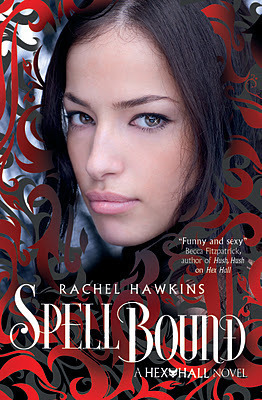 Spellbound by Rachel Hawkins is the concluding volume in the Hex Hall trilogy. You can read my reviews for
Spellbound by Rachel Hawkins is the concluding volume in the Hex Hall trilogy. You can read my reviews for 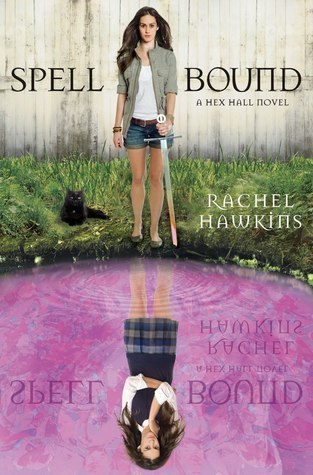
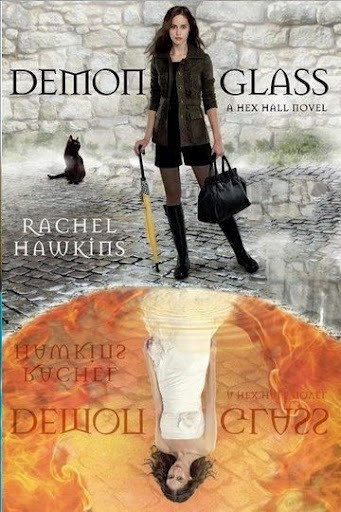 Demonglass (titled Raising Demons in the UK/Australia) by Rachel Hawkins is the second book in the Hex Hall trilogy. You can read my review of book 1, Hex Hall,
Demonglass (titled Raising Demons in the UK/Australia) by Rachel Hawkins is the second book in the Hex Hall trilogy. You can read my review of book 1, Hex Hall, 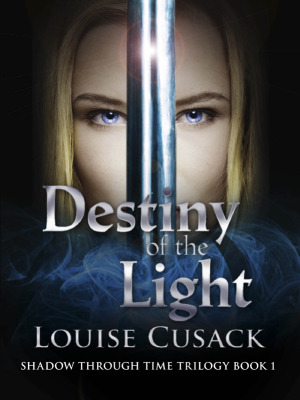 Destiny of the Light by Louise Cusack is the sort of book that might colloquially be called a BFF: Big Fat Fantasy. I think that’s a good term, because other possible sub-genre descriptors such as “epic fantasy” or “high fantasy” come with different connotations for different people. So BFF it is. (Even though ebooks don’t really have a thickness, shh.)
Destiny of the Light by Louise Cusack is the sort of book that might colloquially be called a BFF: Big Fat Fantasy. I think that’s a good term, because other possible sub-genre descriptors such as “epic fantasy” or “high fantasy” come with different connotations for different people. So BFF it is. (Even though ebooks don’t really have a thickness, shh.)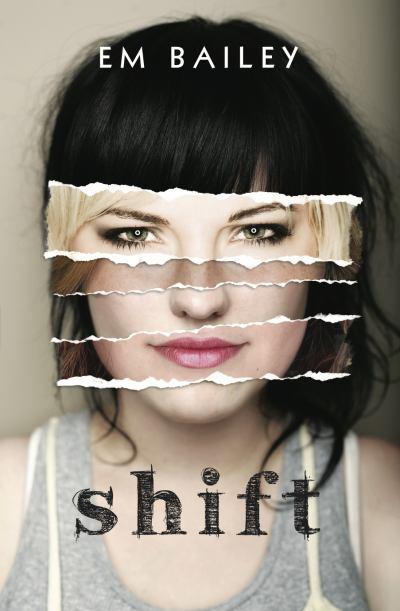 I came across Shift by Em Bailey while browsing some ebook store (I don’t actually remember which one, probably Kobo since that’s where I bought it). It was the blurb that first intrigued me, so allow me to post it here:
I came across Shift by Em Bailey while browsing some ebook store (I don’t actually remember which one, probably Kobo since that’s where I bought it). It was the blurb that first intrigued me, so allow me to post it here: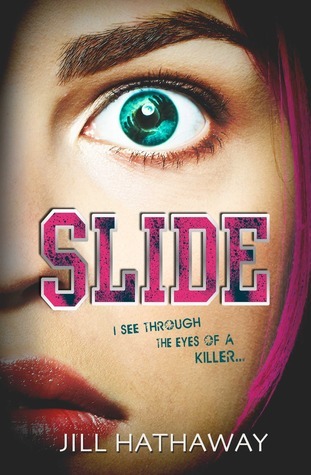
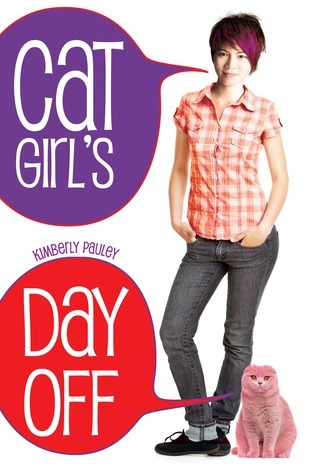
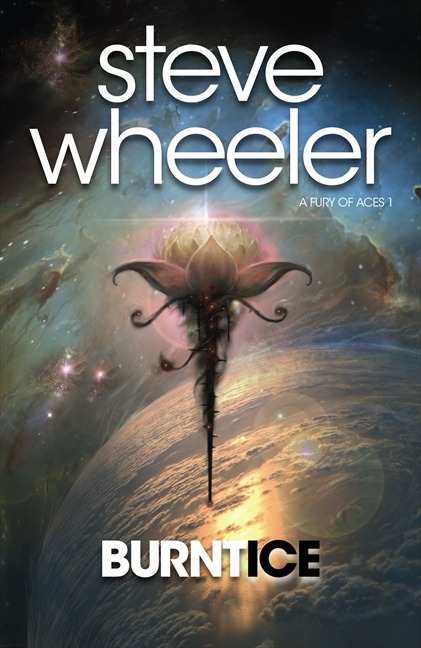
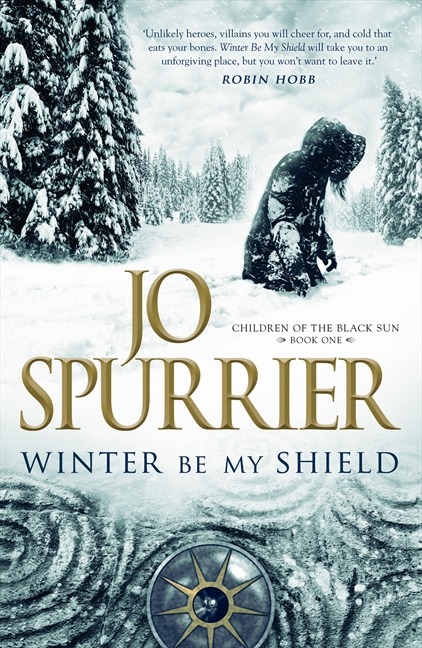
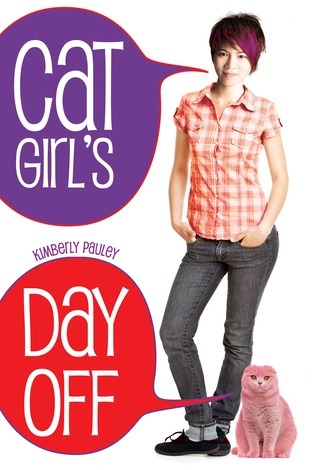
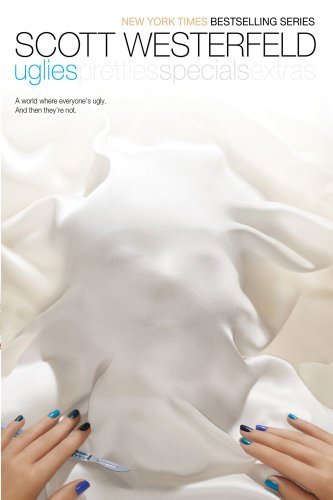 Uglies by Scott Westerfeld is dystopian YA set in a future USA where everyone gets plastic surgery at 16 to make them look a) pretty and b) all very similar. Pre-op teens are called uglies because their, y’know, normal-looking faces and bodies are considered ugly by the very precise beauty standards of the society. Post-ops are known as pretties (with additional qualifiers for age later on). And, of course, uglies and pretties don’t mix. Once children reach age 12, they leave their (pretty) parents’ homes and movie into an dorm with other uglies.
Uglies by Scott Westerfeld is dystopian YA set in a future USA where everyone gets plastic surgery at 16 to make them look a) pretty and b) all very similar. Pre-op teens are called uglies because their, y’know, normal-looking faces and bodies are considered ugly by the very precise beauty standards of the society. Post-ops are known as pretties (with additional qualifiers for age later on). And, of course, uglies and pretties don’t mix. Once children reach age 12, they leave their (pretty) parents’ homes and movie into an dorm with other uglies. This review was originally posted
This review was originally posted 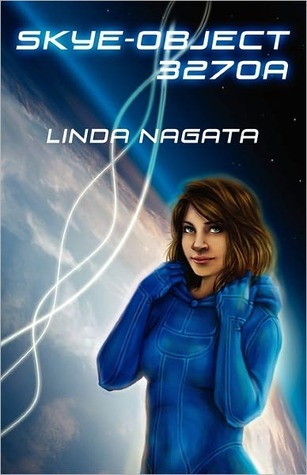 I received
I received 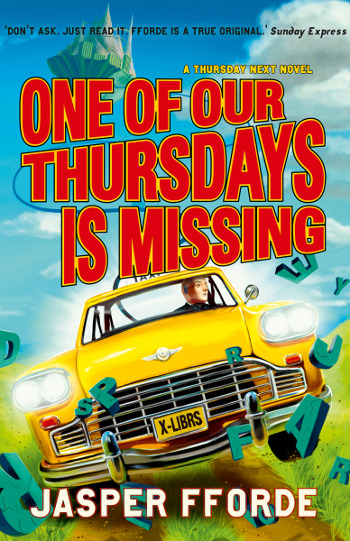 One of Our Thursdays is Missing by Jasper Fforde is the sixth book in his apparently ongoing Thursday Next saga. This review doesn’t contain spoilers for previous books.
One of Our Thursdays is Missing by Jasper Fforde is the sixth book in his apparently ongoing Thursday Next saga. This review doesn’t contain spoilers for previous books.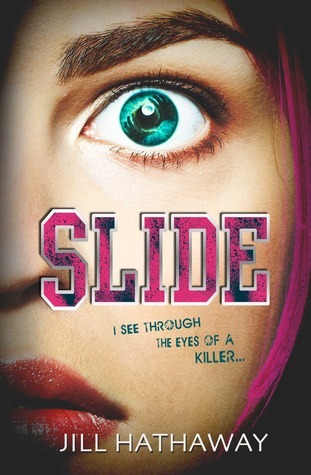 Slide by Jill Hathaway was a book I almost bought at Heathrow during my stupidly long layover. I was able to talk myself out of it at the time because a) I’d just bought
Slide by Jill Hathaway was a book I almost bought at Heathrow during my stupidly long layover. I was able to talk myself out of it at the time because a) I’d just bought 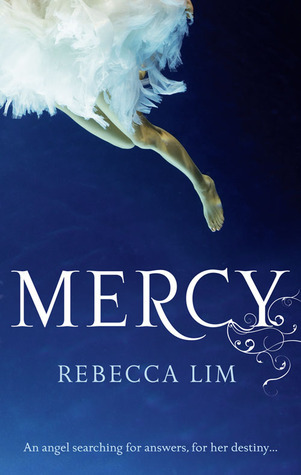 Mercy by Rebecca Lim, is a YA book about Mercy, an angel (or something like that, it’s not entirely articulated, despite what the blurb says). She is forcibly thrust into random girls bodies and forced to take over their lives. She never knows where she’ll wake up, who she’ll have to be or why. This time, she wakes up as Carmen, a star soprano singer in a high school choir. The choir is visiting the town of Paradise for a concert and preparations and Mercy/Carmen finds herself billeted with the family of a girl who disappeared two years previously.
Mercy by Rebecca Lim, is a YA book about Mercy, an angel (or something like that, it’s not entirely articulated, despite what the blurb says). She is forcibly thrust into random girls bodies and forced to take over their lives. She never knows where she’ll wake up, who she’ll have to be or why. This time, she wakes up as Carmen, a star soprano singer in a high school choir. The choir is visiting the town of Paradise for a concert and preparations and Mercy/Carmen finds herself billeted with the family of a girl who disappeared two years previously.
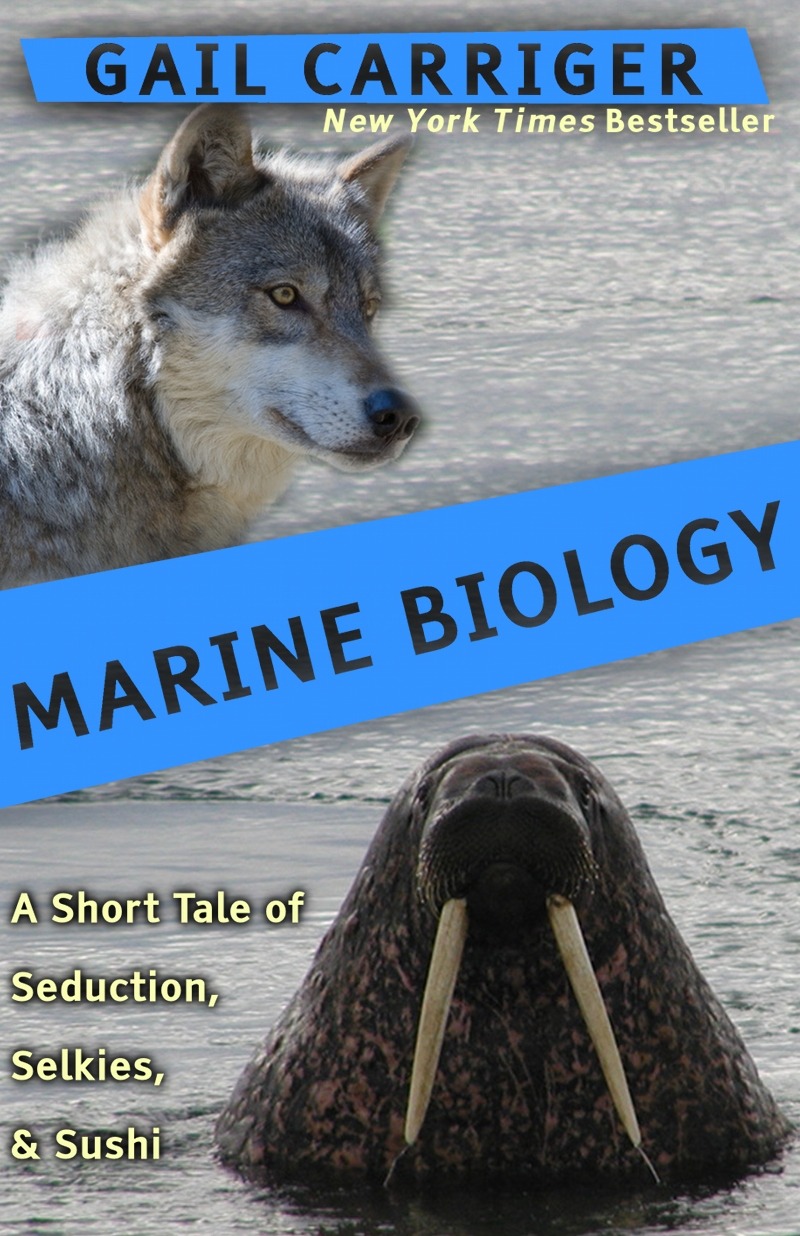
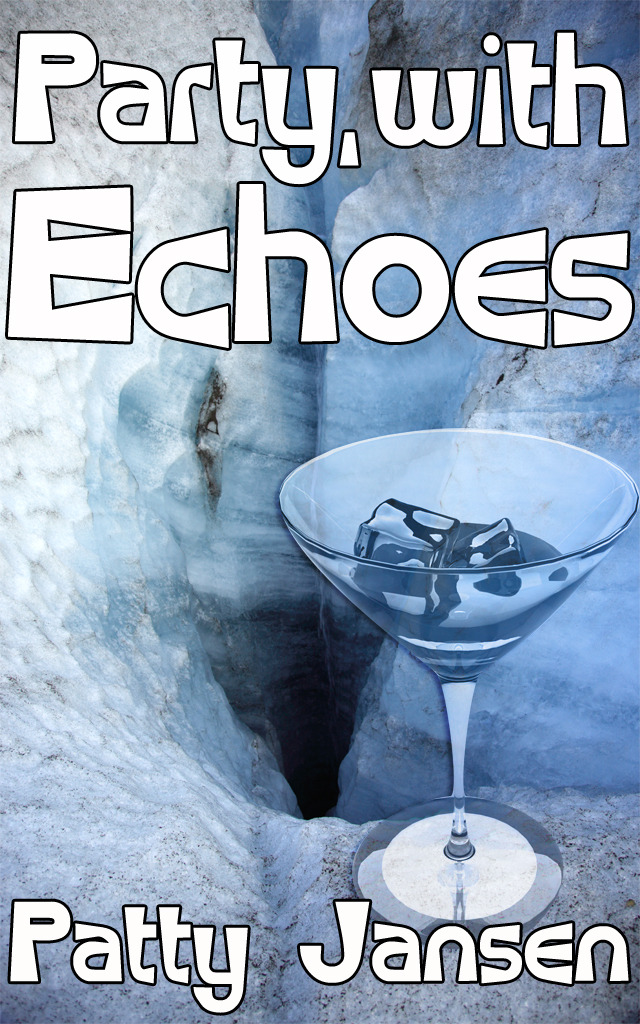
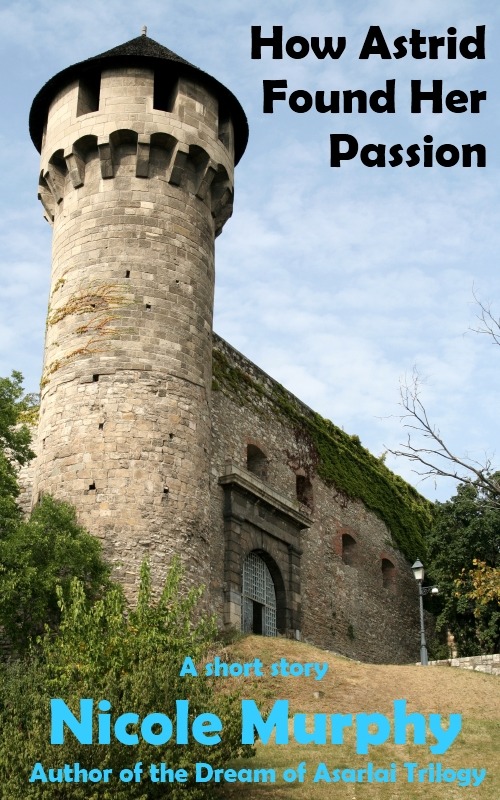
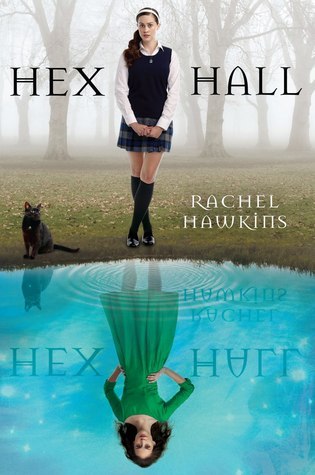 I admit part of the reason I picked up Hex Hall by Rachel Hawkins was because of the smashing cover. This is one of the few times I’ve preferred the US cover to the Aus/UK one (see small Aus/UK cover below on the left). The other reason was — thanks to jet lag — I felt like an easy/fun YA read.
I admit part of the reason I picked up Hex Hall by Rachel Hawkins was because of the smashing cover. This is one of the few times I’ve preferred the US cover to the Aus/UK one (see small Aus/UK cover below on the left). The other reason was — thanks to jet lag — I felt like an easy/fun YA read.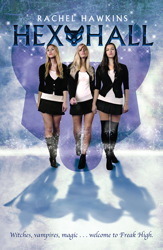 Then things start to go wrong. A student is attacked and Sophie’s new vampire friend is the prime suspect. Sophie doesn’t believe her friend did it, but everyone else does. No one will listen when Sophie starts looking for the real culprit.
Then things start to go wrong. A student is attacked and Sophie’s new vampire friend is the prime suspect. Sophie doesn’t believe her friend did it, but everyone else does. No one will listen when Sophie starts looking for the real culprit.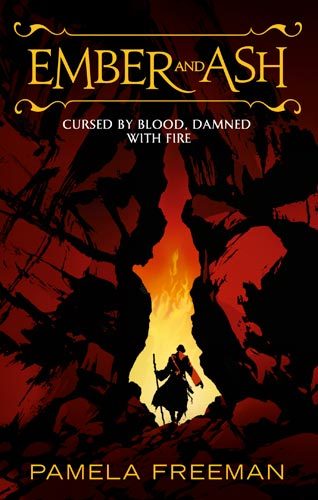 Ember and Ash by Pamela Freeman is a set twenty years after the events at the end of the Castings Trilogy (Blood Ties, Deep Water and Full Circle). It is technically a sequel, and some of the characters from Castings do pop up again, but it very much stands alone. I think the main thing one would miss from not reading Castings, is a deeper exploration of the past colonial racism and oppression. Oh, and there are some spoilers for who survives the world almost ending in Castings, although not all the prominent Castings characters rate a mention.
Ember and Ash by Pamela Freeman is a set twenty years after the events at the end of the Castings Trilogy (Blood Ties, Deep Water and Full Circle). It is technically a sequel, and some of the characters from Castings do pop up again, but it very much stands alone. I think the main thing one would miss from not reading Castings, is a deeper exploration of the past colonial racism and oppression. Oh, and there are some spoilers for who survives the world almost ending in Castings, although not all the prominent Castings characters rate a mention.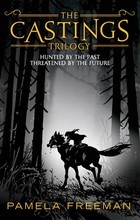 Ember and Ash is more a story about places and the powers that reside in different landscapes. The Ice King, who made some background appearances in Castings, is much more prominent, ditto the Power of Fire. It’s also a story about how tenuous the status quo can be and how legal equality does not necessarily translate to social equality, especially when things start to go wrong.
Ember and Ash is more a story about places and the powers that reside in different landscapes. The Ice King, who made some background appearances in Castings, is much more prominent, ditto the Power of Fire. It’s also a story about how tenuous the status quo can be and how legal equality does not necessarily translate to social equality, especially when things start to go wrong.